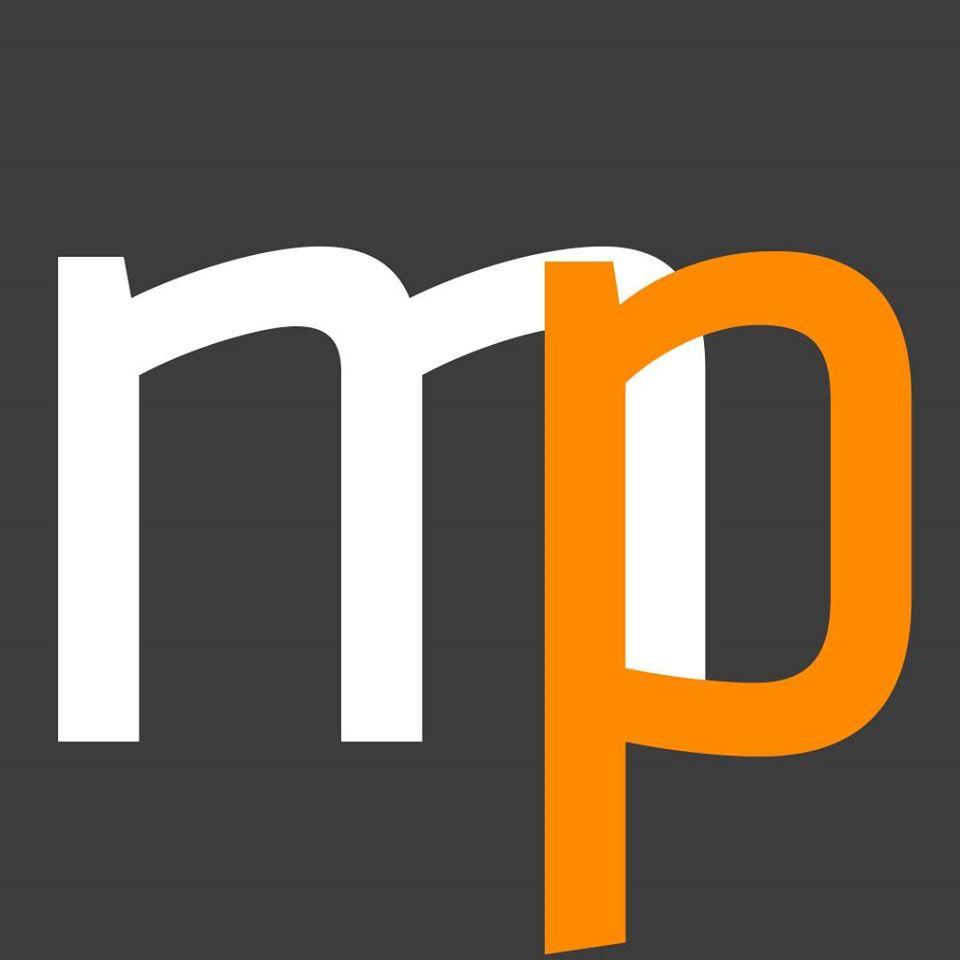The global Neuromorphic Computing Market is gaining significant momentum, driven by advancements in artificial intelligence (AI), machine learning, and brain-inspired chip design. Neuromorphic systems, modeled on the structure and function of the human brain, are redefining computational efficiency, power consumption, and problem-solving capabilities across multiple industries. With growing demand for edge AI, robotics, autonomous systems, and real-time data processing, the neuromorphic computing industry is expected to witness exponential growth in the coming decade.
Market Overview
Neuromorphic computing refers to the design and development of computer chips and systems that mimic neural structures of the human brain to achieve cognitive computing capabilities. Unlike traditional von Neumann architectures, neuromorphic systems leverage spiking neural networks, enabling more energy-efficient and adaptive data processing.
The neuromorphic computing market size was valued at USD 6.06 billion in 2024. It is projected to grow from USD 7.24 billion in 2025 to USD 37.18 billion by 2034, exhibiting a compound annual growth rate (CAGR) of 19.9% during 2025–2034.
Key growth drivers include:
- Rising demand for brain-inspired computing in AI and robotics.
- Need for low-power, high-performance processors in IoT and edge applications.
- Advancements in neural network hardware for real-time learning and decision-making.
- Expansion of next-generation computing for autonomous vehicles, healthcare, and defense.
The convergence of neuroscience and semiconductor innovation is paving the way for an era of intelligent, adaptive, and sustainable computing.
𝐃𝐨𝐰𝐧𝐥𝐨𝐚𝐝 𝐅𝐫𝐞𝐞 𝐒𝐚𝐦𝐩𝐥𝐞 𝐑𝐞𝐩𝐨𝐫𝐭 👉
Market Scope
The scope of the Neuromorphic Computing Market spans multiple industries and applications. Four major dimensions include:
- Artificial Intelligence and Machine Learning
Neuromorphic processors are designed to accelerate AI algorithms, offering real-time decision-making and adaptive learning at lower energy costs. - Autonomous Systems
Robotics, drones, and autonomous vehicles rely on neuromorphic chips for rapid sensory processing and environment interaction. - Healthcare and Life Sciences
From brain–machine interfaces to neurological research, neuromorphic systems are supporting personalized medicine and advanced diagnostics. - Consumer Electronics and IoT
Devices ranging from smartphones to wearables are incorporating neuromorphic elements to enhance performance, reduce latency, and extend battery life.
Market Opportunities
The neuromorphic computing sector is rich with opportunities for innovation and investment:
- Edge AI Deployment
Neuromorphic chips can revolutionize edge computing by enabling devices to analyze and act locally without cloud dependency. - Energy-Efficient Processing
With global concerns around energy consumption, neuromorphic systems offer a sustainable alternative to power-hungry conventional processors. - Integration with Robotics and Automation
Factories, logistics, and service robots are adopting neuromorphic solutions to boost efficiency and real-time learning capabilities. - Expansion in Healthcare Applications
Neuromorphic computing provides breakthroughs in brain simulation, mental health treatment, and neuroprosthetics development.
Access The Press Release:
https://www.polarismarketresearch.com/press-releases/neuromorphic-computing-market
Regional Analysis
The Neuromorphic Computing Market shows varied growth dynamics across regions:
- North America
North America dominates due to strong R&D investments, government support, and a thriving AI ecosystem. The U.S. leads with robust advancements in cognitive computing and collaborations between academia, startups, and research centers. - Europe
Europe is emerging as a hub for brain-inspired computing, supported by projects like the Human Brain Project and collaborations across Germany, the UK, and France. The region emphasizes sustainable computing and cutting-edge semiconductor innovation. - Asia-Pacific
Asia-Pacific is witnessing rapid adoption, driven by investments in AI, robotics, and semiconductor manufacturing in China, Japan, and South Korea. India is also showing significant growth potential in AI-driven next-generation computing. - Latin America & Middle East & Africa
These regions are gradually entering the neuromorphic landscape, focusing on smart city development, defense technology, and IoT-enabled infrastructure. Growing digital transformation initiatives will expand adoption over the next decade.
Key Companies
International Business Machines Corporation (IBM); Intel Corporation; BrainChip; Qualcomm Technologies; Samsung Electronics; General Vision; Applied Brain Research; Hewlett Packard Enterprise; HRL Laboratories, LLC; and Synsense.
Future Outlook
The future of the Neuromorphic Computing Market is highly promising. With industries increasingly adopting AI-driven solutions, neuromorphic architectures will bridge the gap between traditional computing and human-like intelligence.
Key trends expected to define the future include:
- Commercial availability of cognitive computing chips with large-scale scalability.
- Integration of neuromorphic systems in next-generation computing platforms across aerospace, defense, and industrial automation.
- Rapid advancements in energy-efficient chips to tackle the growing global need for sustainable IT infrastructure.
- Breakthrough applications in healthcare, enabling real-time brain simulations and advanced neurotechnologies.
By 2034, the Neuromorphic Computing Market is expected to evolve into a multi-billion-dollar sector, fundamentally transforming industries and scientific research alike.
Conclusion
The global Neuromorphic Computing Market stands at the forefront of a technological revolution. By mimicking brain-like efficiency through neural network hardware and integrating cognitive computing with AI, neuromorphic systems are redefining speed, adaptability, and sustainability in computing.
More Trending Latest Reports By Polaris Market Research:
U.S. Chemical Distribution Market
Personal Protective Equipment (PPE) Market
Fabry Disease Treatment Market
Surgical Planning Software Market
